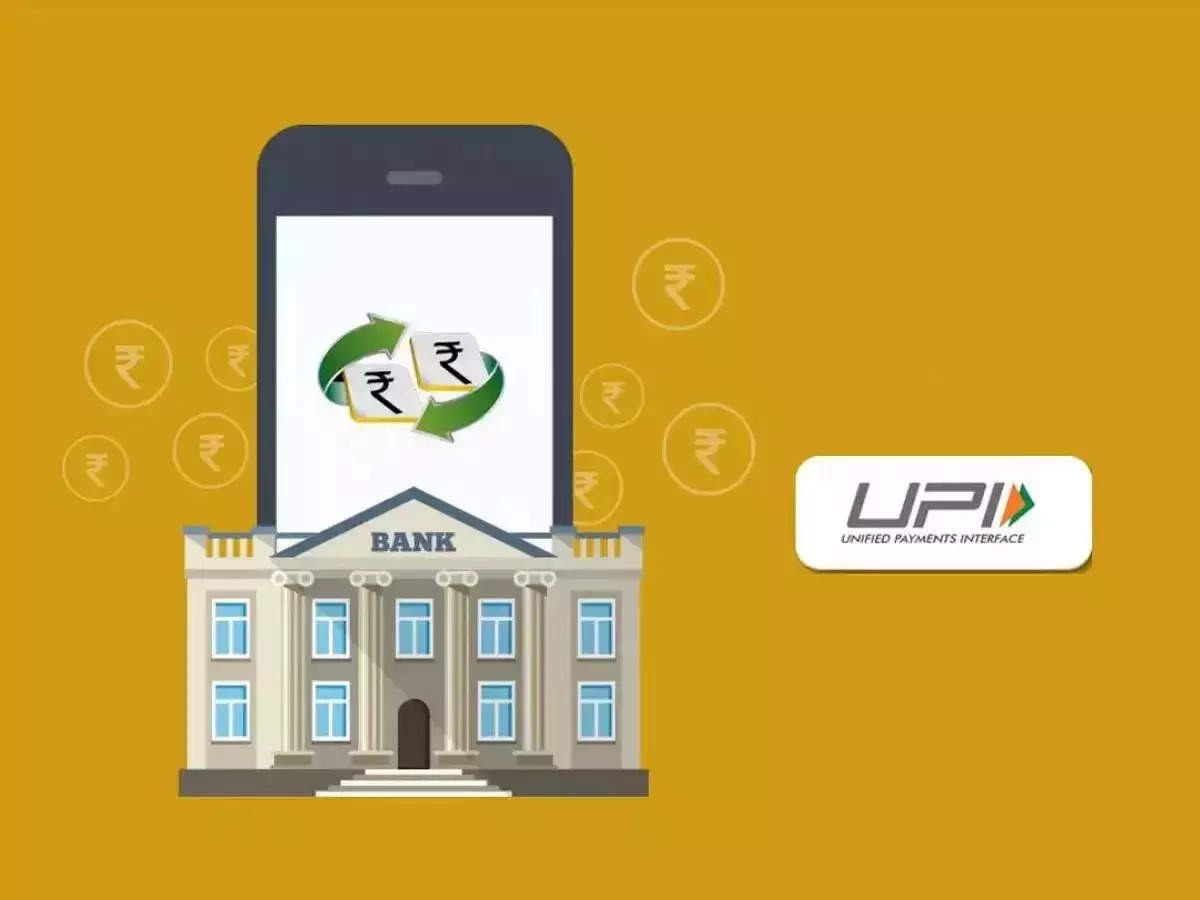Free Courses Sale ends Soon, Get It Now


Free Courses Sale ends Soon, Get It Now



Disclaimer: Copyright infringement not intended.
Context
|
NATIONAL PAYMENTS CORPORATION OF INDIA (NPCI) It is an umbrella organization for operating retail payments and settlement systems in India. It is an initiative of Reserve Bank of India (RBI) and Indian Banks’ Association (IBA) under the provisions of the Payment and Settlement Systems Act, 2007. It has been incorporated as a “Not for Profit” Company under the provisions of Section 25 of Companies Act 1956 (now Section 8 of Companies Act 2013). The ten core promoter banks are State Bank of India, Punjab National Bank, Canara Bank, Bank of Baroda, Union Bank of India, Bank of India, ICICI Bank, HDFC Bank, Citibank and HSBC. In 2016 the shareholding was broad-based to 56 member banks to include more banks representing all sectors. NPCI is the firm that handles RuPay payments infrastructure, i.e. similar to Visa and MasterCard. |
Details
Who will the new norms be applicable for?
How will this benefit wallet players?
How much are the interchange fees?
Will customers benefit from this move?
Will this make wallet transactions costlier?
Does this mean consumers will be charged for UPI transactions?
|
MDR (Merchant Discount Rate) Merchant Discount Rate (alternatively referred to as the Transaction Discount Rate or TDR) is the sum total of all the charges and taxes that a digital payment entails. For instance, the MDR includes bank charges, which a bank charges customers and merchants for allowing payments to be made digitally. Similarly, MDR also includes the processing charges that a payments aggregator has to pay to online or mobile wallets or indeed to banks for their service. MDR (Merchant Discount Rate) is basically a fee that a merchant is charged by their issuing bank for accepting payments from their customers via credit and debit cards. MDR is a charge paid by merchants to banks, card networks, point-of-sale providers for offline transactions, and payment gateways for online purchase. Currently, UPI payments do not attract merchant discount rates (MDRs), while for debit cards, MDR is capped at 0.9 per cent for transactions, except for RuPay debit card, which attracts zero MDR. In the case of credit cards, there is no cap on MDR. On credit cards, MDR ranges 2-3% of the transaction value. The MDR rates are dependent on the level of business transactions being processed, the types of cards (debit or credit) used by customers, and the value of the average transaction (also known as average tickets or average sales). Typically, the key component of the discount rate is the interchange fees. Example: If a customer pays Rs. 10,000 via a credit card to a merchant while the MDR is 2%, then the merchant will be charged Rs. 200 to accept this payment. |
MUST-READ ARTICLES:
TOKENISATION- https://www.iasgyan.in/daily-current-affairs/tokenisation-12
DIGITAL PAYMENTS- https://www.iasgyan.in/daily-current-affairs/digital-payments
LINKING OF CREDIT CARD WITH UPI: https://www.iasgyan.in/daily-current-affairs/linking-of-credit-cards-with-the-unified-payments-interface-platform
UPI: https://www.iasgyan.in/daily-current-affairs/upi-service
NEW UMBRELLA ENTITY: https://www.iasgyan.in/daily-current-affairs/new-umbrella-entity-nue-25
UPI 123PAY: https://www.iasgyan.in/daily-current-affairs/upi123pay
|
UPSC PREVIOUS YEAR QUESTION (2017) Q. Which of the following is a most likely consequence of implementing the 'Unified Payments Interface (UPI)’? a) Mobile wallets will not be necessary for online payments. b) Digital currency will totally replace the physical currency in about two decades. c) FDI inflows will drastically increase. d) Direct transfer of subsidies to poor people will become very effective. Correct answer is option 'A' |
© 2024 iasgyan. All right reserved